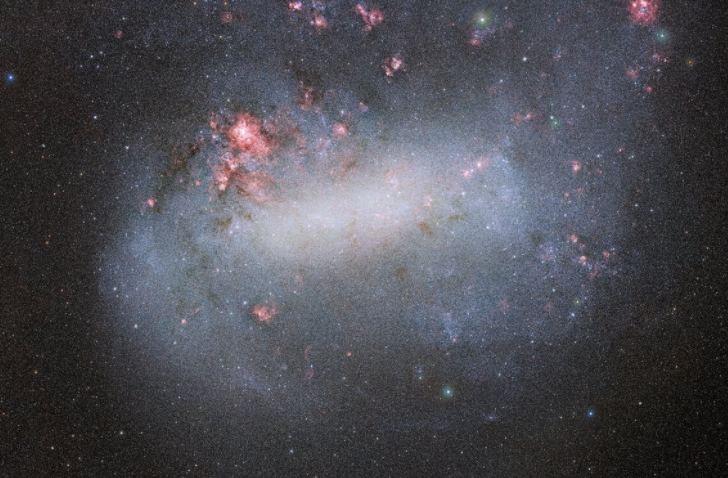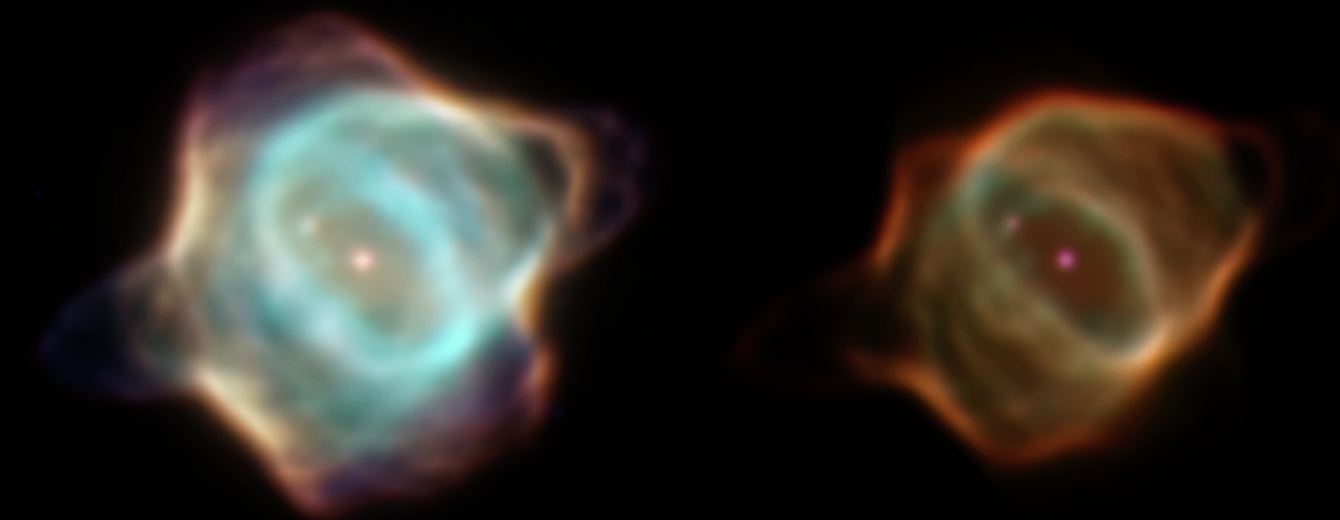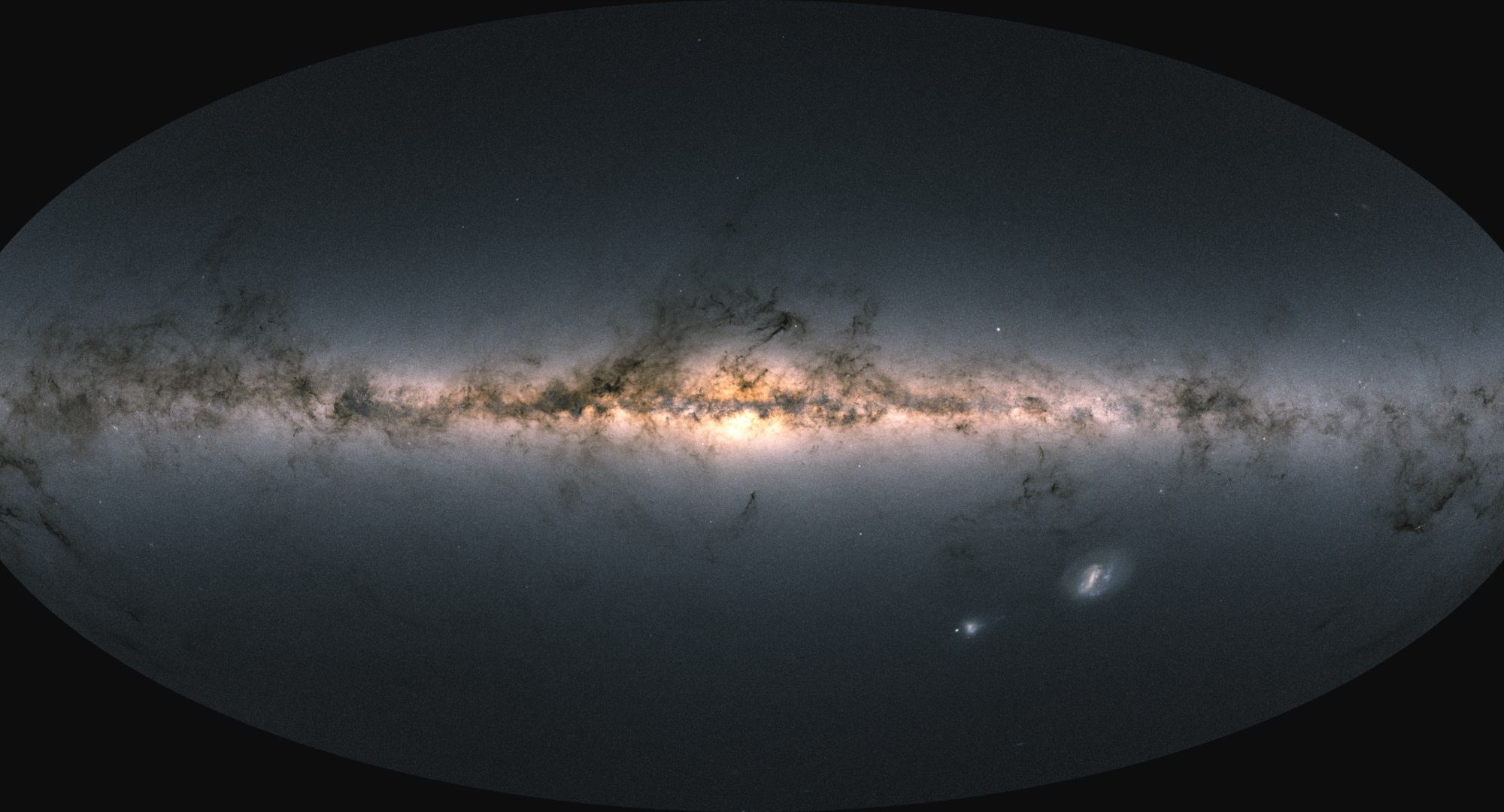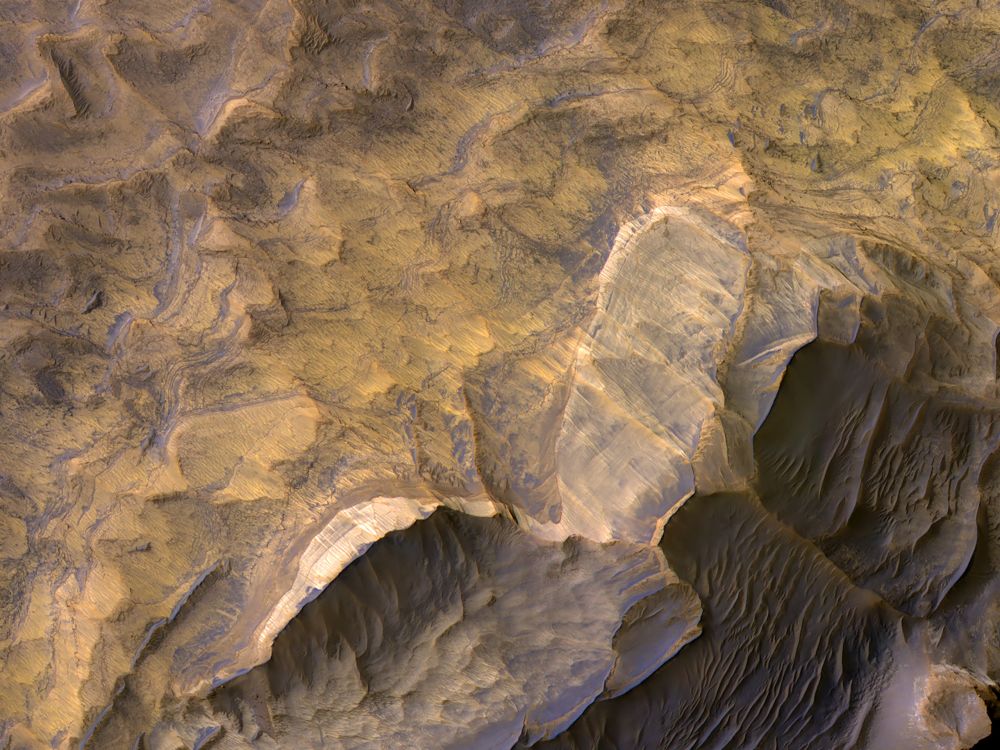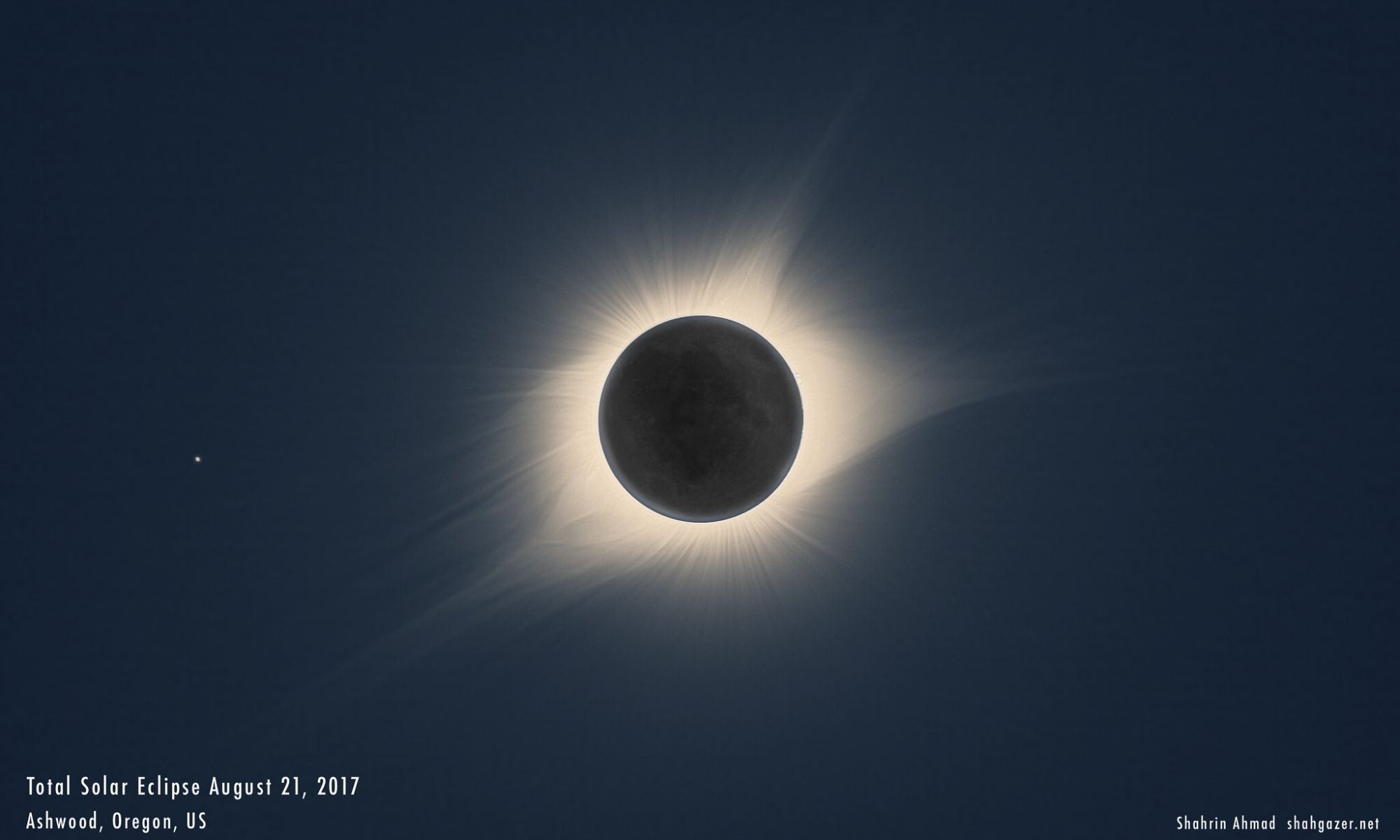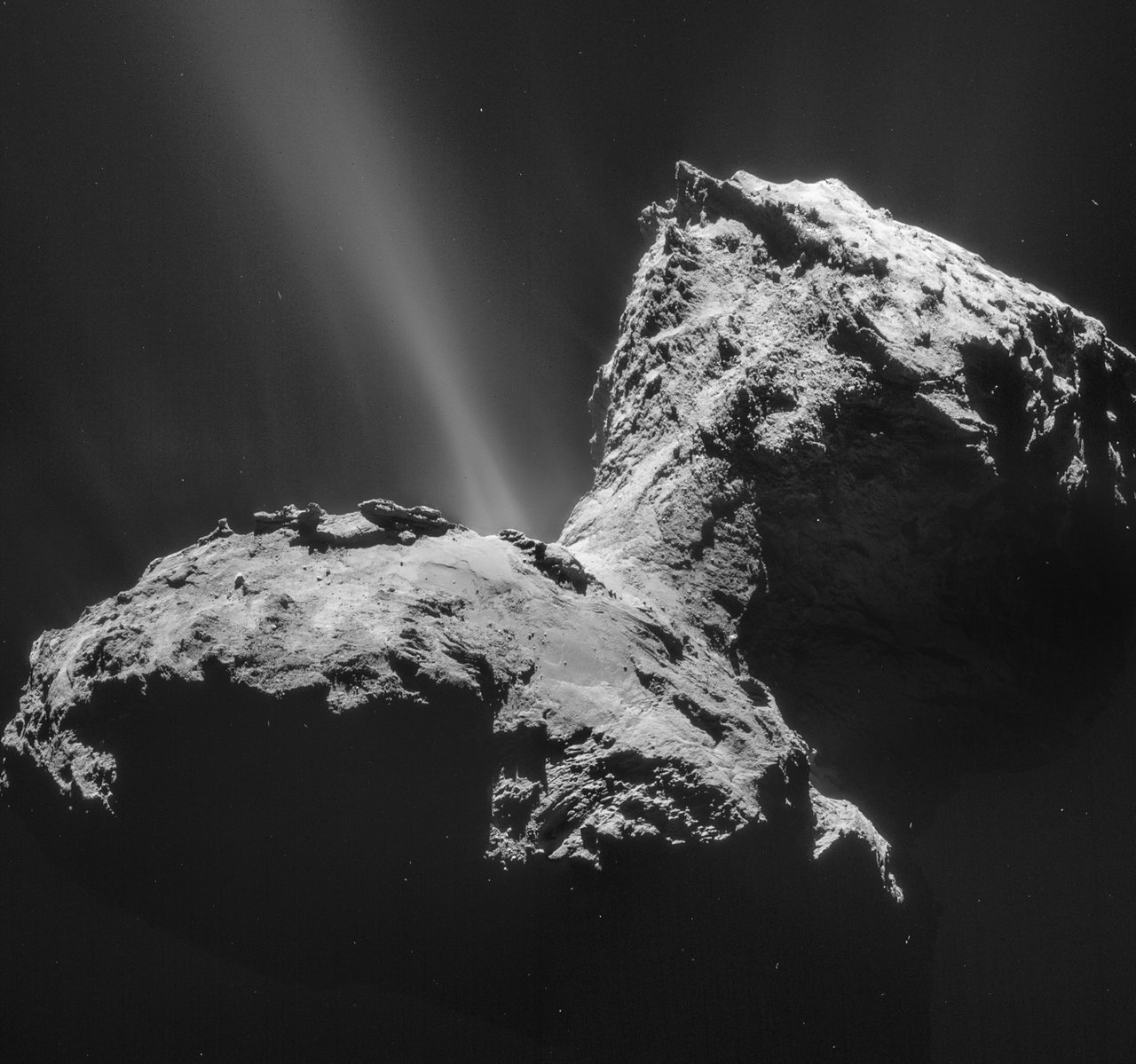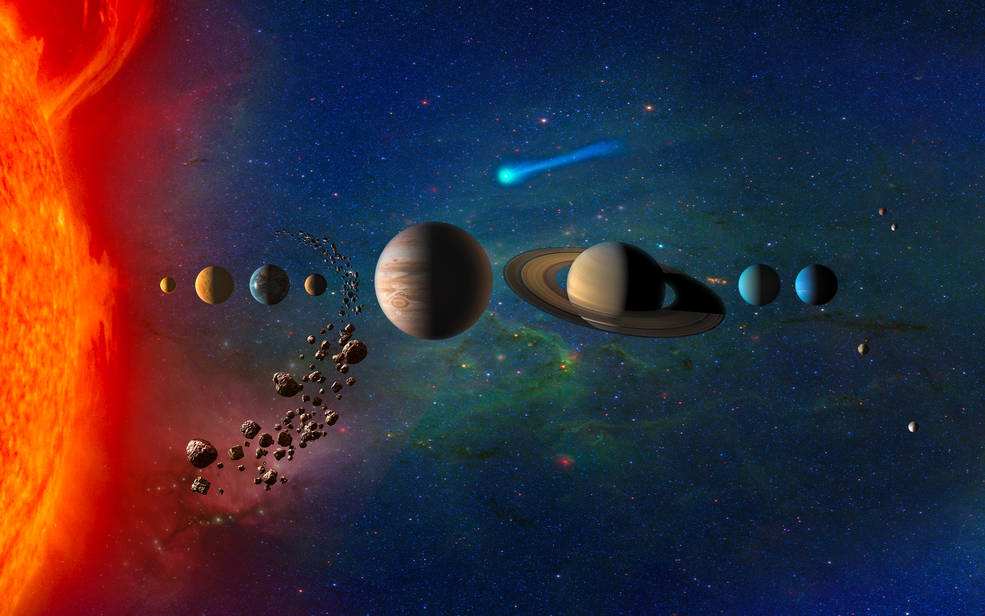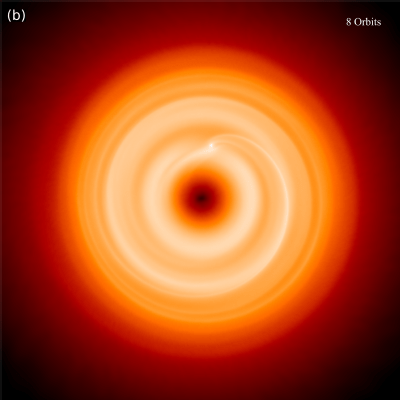The Magellanic Clouds are two of our closest neighbours, in galactic terms. The pair of irregular dwarf galaxies were drawn into the Milky Way’s orbit in the distant past, and we’ve been looking up at them since the dawn of humanity. Some of our ancestors even gathered pigments and created images of them in petroglyphs and cave paintings.
Following in the footsteps of those ancient artists, astronomers recently used the Dark Energy Camera (DECam) to capture an in-depth portrait of the pair of galaxies.
Continue reading “It Took 50 Nights of Observations to Capture New Data on the Magellanic Clouds”
